
We are celebrating 15 years — and counting — of stories that are deeply researched and deeply felt, that build a historical record of what the city has been.
We are celebrating 15 years — and counting — of stories that are deeply researched and deeply felt, that build a historical record of what the city has been.
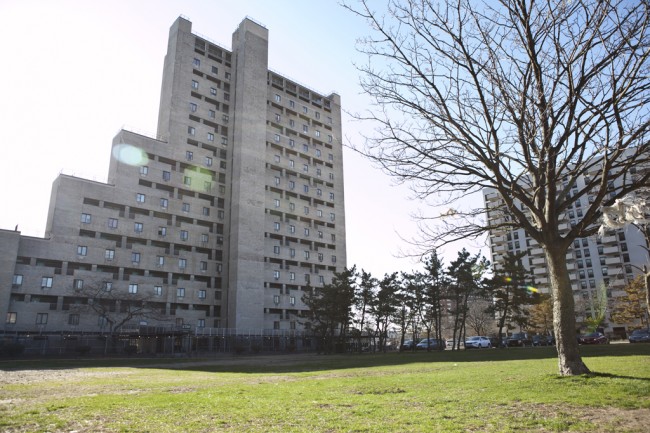
Sea Rise, Coney Island, Brooklyn | Photo by David Lang
Our ongoing Portfolio series showcases bodies of work by artists inspired by or working in the city, often accompanied by a statement from the artist expounding on the images presented in the slideshow. This portfolio takes a slightly different tack. As part of the Architectural League / Urban Omnibus project Typecast, we asked five photographers to explore the architectural typology of “towers-in-the-park” by documenting the buildings, residents, street life, and surroundings of five study sites: Co-op City (Baychester and Eastchester, The Bronx), Sea Rise and Sea Park East (Coney Island, Brooklyn), Todt Hill Houses (Castleton Corners, Staten Island), Electchester (Pomonok, Queens), and Alfred E. Smith Houses (Two Bridges, Manhattan).
One of the initial goals of the Typecast project is to investigate the unique social experience of each of these places — as opposed to an exclusive focus on their shared physical characteristics — by calling attention to site-specific histories and raising questions about what assets the typology offers that might be hidden in plain sight. In order to do that, the five photo essays seek to demonstrate how residents and neighbors negotiate and navigate both the built and the open space of these building complexes.
In this series of photographs, David Lang documents Sea Rise in Brooklyn’s Coney Island. Images from all five series will be on view in the Architectural League / Urban Omnibus booth at the IDEAS CITY Festival StreetFest on Saturday, May 4th. Click here to learn more about Typecast, or to see photographs of the four other study sites. But first, a brief introduction to Sea Rise and Sea Park East.
The Urban Development Corporation (UDC) was created by the State of New York in 1968 to develop projects based on the principles of non-disruptive urban renewal, fair share and integrated suburban-style housing for the poor, model housing for the elderly, low-rise high-density urban housing prototypes, prototype schools, and innovative infrastructure. Through a number of innovative projects (including Roosevelt Island and Twin Parks in the Bronx), the UDC strove to test and research innovative housing strategies, and apply and disseminate what was learned.
After the UDC acquired a number of sites within the Coney Island Urban Renewal Area, Sea Park East, designed by Hoberman & Wasserman, was one of the first to be built. Sea Rise, a few blocks away, also designed by Hoberman & Wasseran, employed an almost identical design scheme. This scheme nodded to the existing urban fabric with setbacks on the high-rise sections, relating the buildings to the scale of the existing street. Their form and relationship create defined open public spaces for residents. The complex is organized around exposed, exterior corridors looking over shared, public spaces. Some apartments are duplexes, allowing for the cost savings of skip-stop elevators while creating more home-like settings — with up to five bedrooms and double exposure with cross-ventilation — for families. The buildings recently underwent substantial renovation by developers who acquired the building on the condition that rents be kept at current levels for the next 40 years.
— D.R.
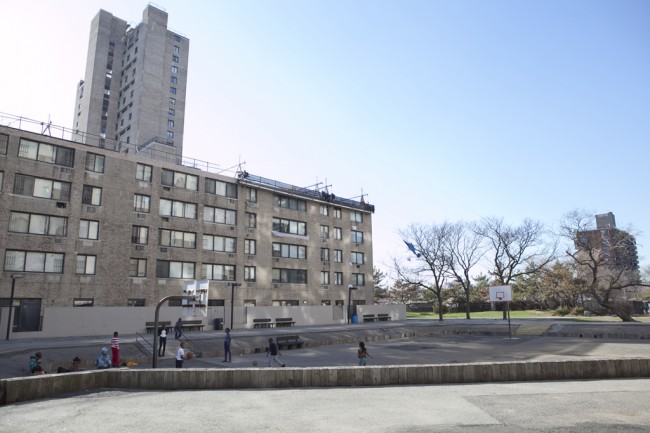
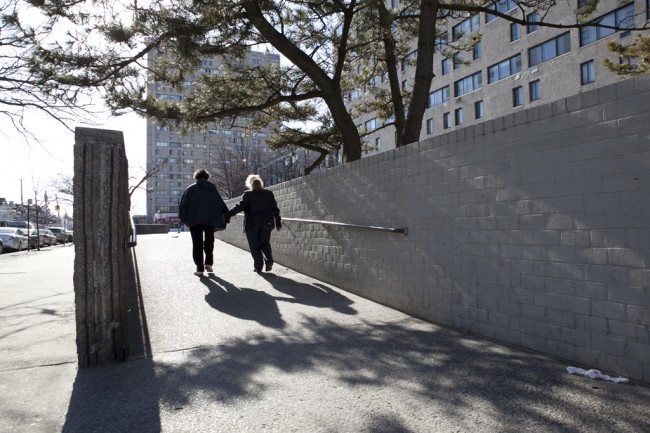
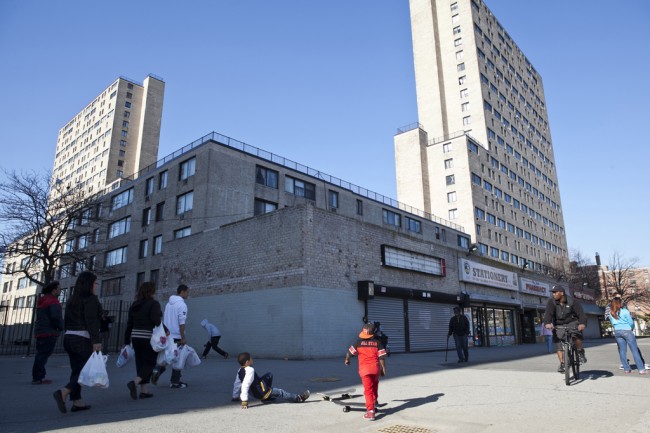
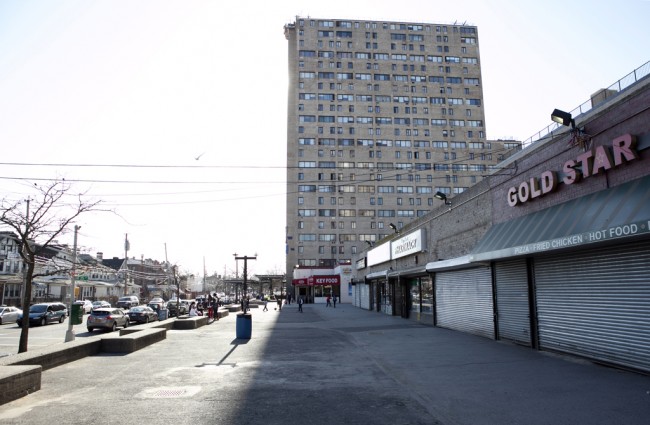
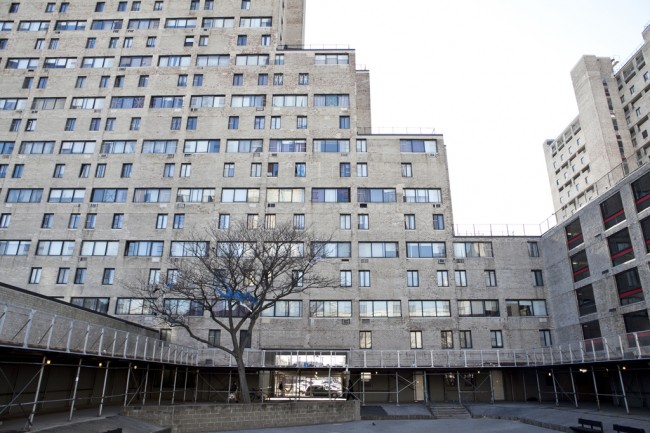
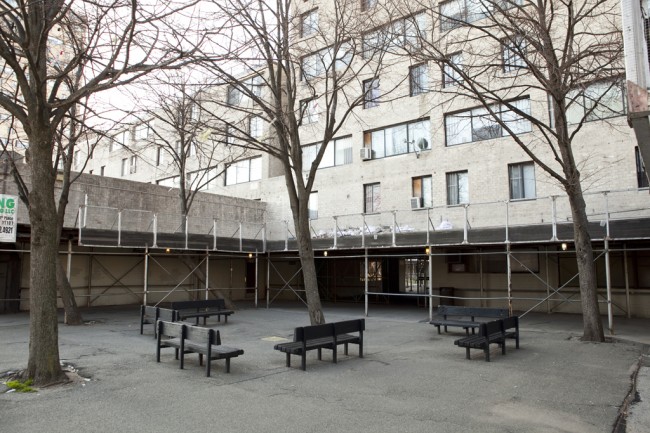
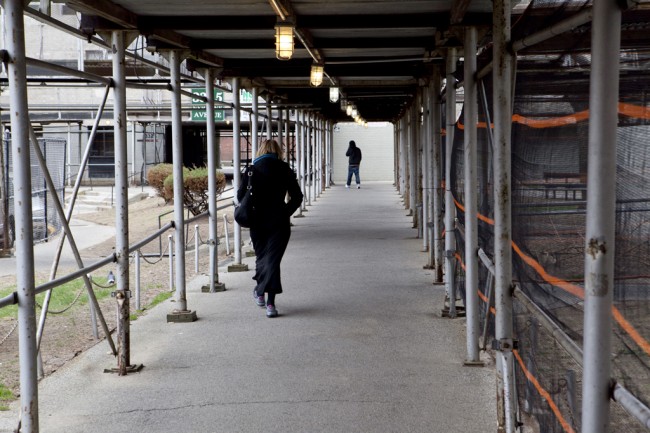
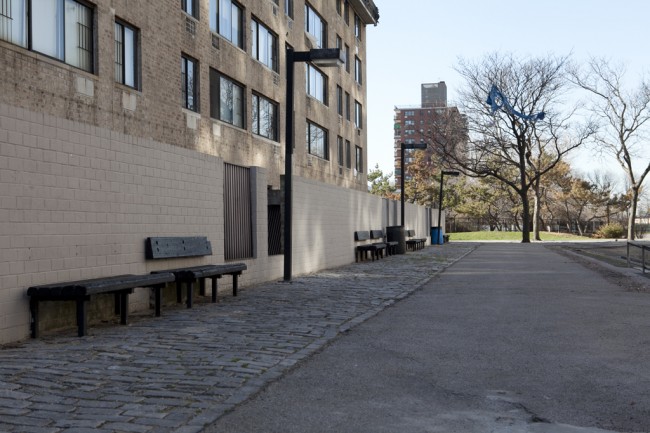
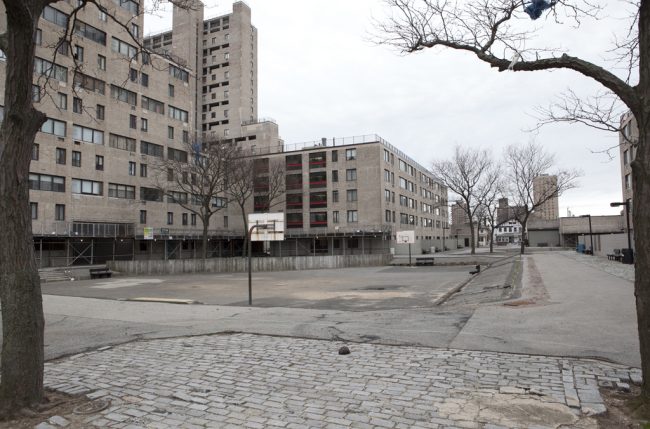
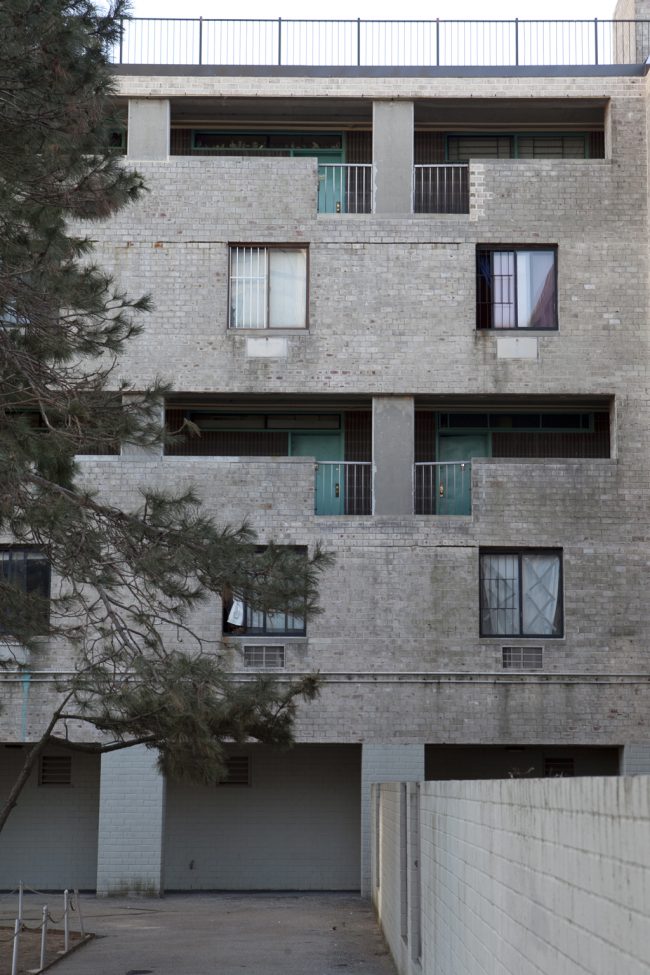
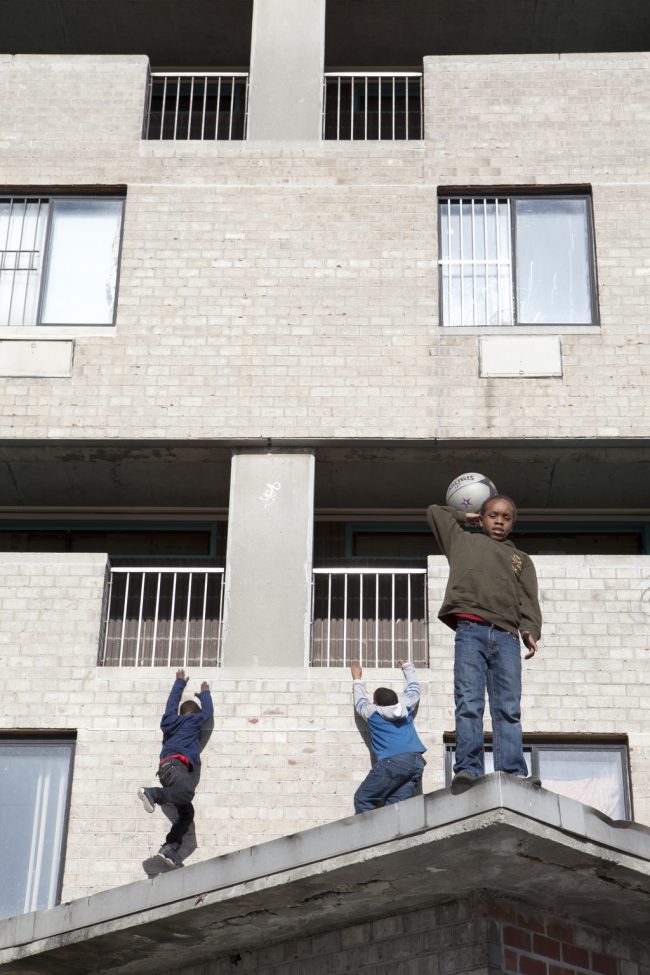
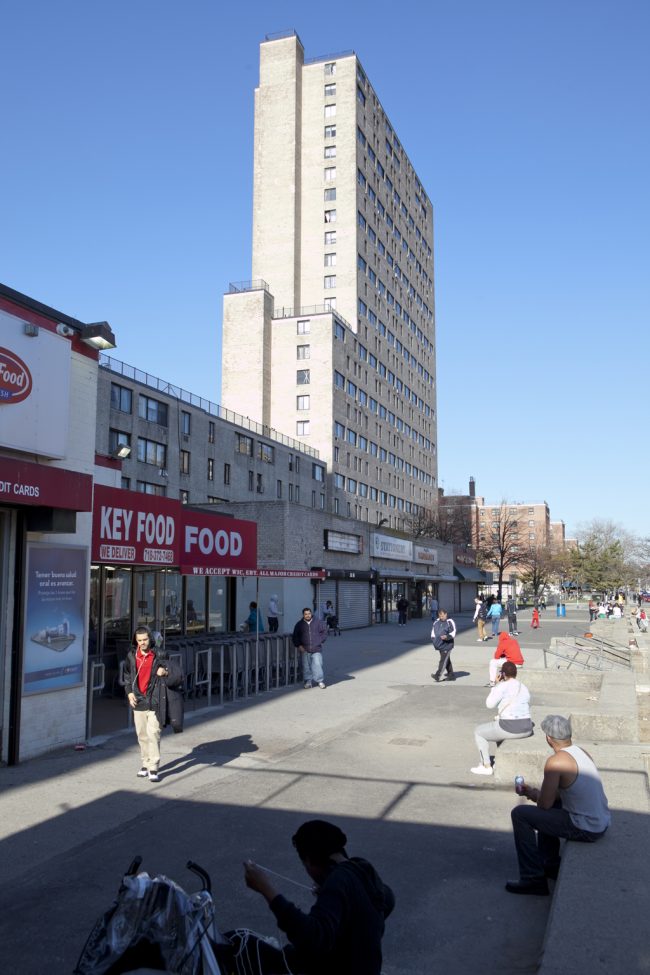
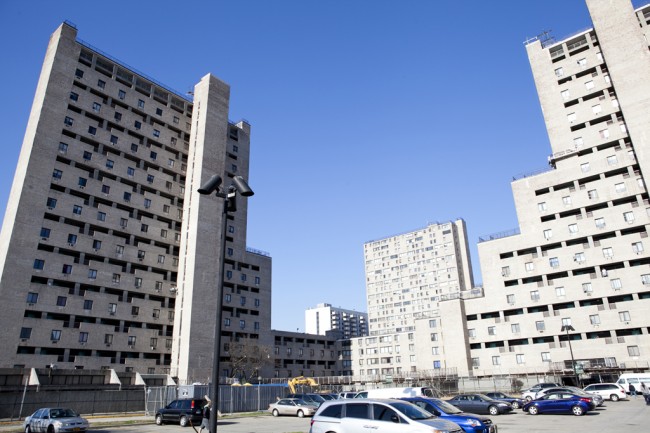
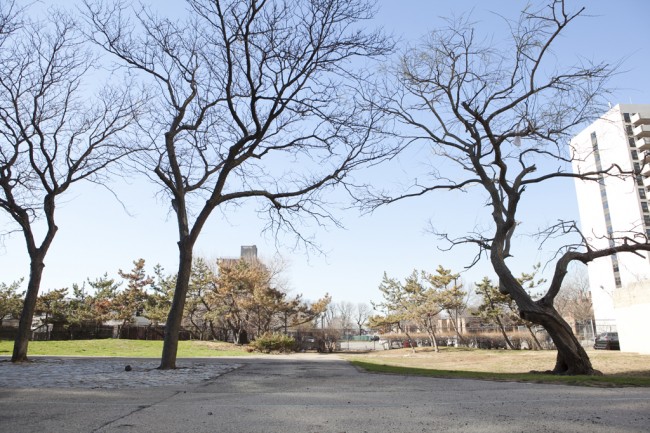
Photographs by David Lang. All rights reserved.
David Lang grew up in a military family. He has lived in 7 states, 18 homes and traveled to 25 countries, all the while meeting new people, seeing old friends and learning exactly what it is that smells so good being cooked on the street carts in foreign cities. (It’s mostly meat with a bit of awesome on the side. Except when it’s a donut, then it’s just a donut.) David also takes pictures. You can see them at www.DavidLang.com.
The introductory text above has been updated to include the names of the architects of Sea Rise and Sea Park East.
The views expressed here are those of the authors only and do not reflect the position of The Architectural League of New York.
Comments